Halifax’s Titanic Memorial and Viking Cruises: a day in Canada’s seafaring capital
When the doomed passenger liner foundered more than 1000km off the Canadian coast, the population here leapt into action.
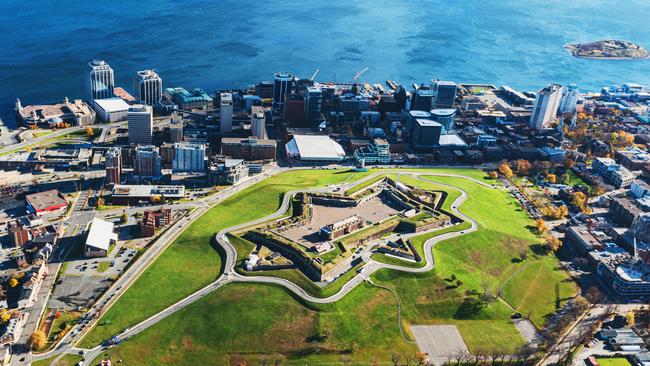
Tattered, forlorn and ghostly; an old pair of toddler’s shoes sits on lonely display behind a glass case. They’re neatly arranged next to a placard inscribed “the unknown child”. It’s a sad memorial to the victims of the Titanic maritime disaster, and a poignant reminder of the rich and turbulent seafaring heritage of Halifax.
I’m been touring the friendly Canadian city by foot on a sunny autumn day and after weaving through streets marked with stately Georgian edifices that wouldn’t be out of place in Edinburgh or Glasgow, I have found myself down on the waterfront at the Maritime Museum of the Atlantic.
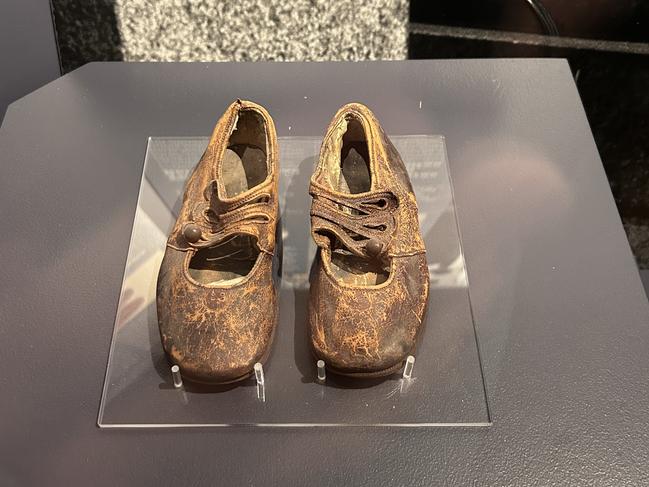
Nova Scotians are justifiably proud of their graceful capital, and a cheerful museum attendant bails me up at the front counter to chat about her favourite exhibits before leading me to a chart in the foyer that tracks Atlantic hurricanes. She’s chuffed to add that in winter they flip the board and use the display to map modern-day piracy on the high seas.
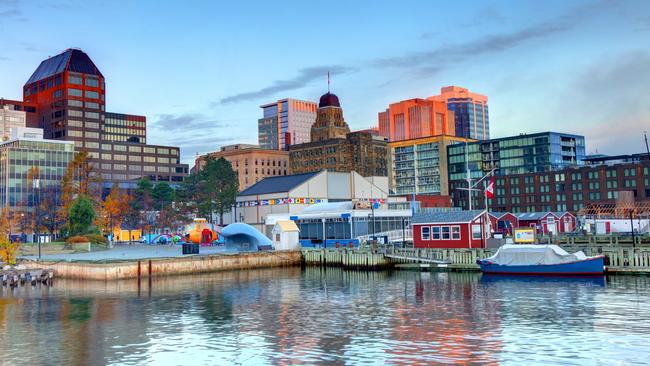
I’m then unleashed on the exhibition space and predictably find it brimming with objects, artefacts and historical accounts from the city’s tumultuous maritime past. The wild North Atlantic coastline and atrocious storms make sheltered Halifax a natural haven for sailors, and in the town’s early days that meant plenty of rollicking times both on and off the ship.
I learn that Halifax was a hotbed of piracy and mayhem in the age of sail, reflected in the bloody mutiny aboard the Saladin in 1844 that left the crew slain and a hoard of gold and silver still missing somewhere in islands off the coast. Fascinating photographs revive the hellish collision of two ships in Halifax Harbour in 1917, igniting a cargo of explosives in what is billed as the world’s largest pre-atomic explosion. There’s also a tribute to local lad Joshua Slocum and his landmark solo voyage around the globe, before his sad disappearance at sea a decade later.
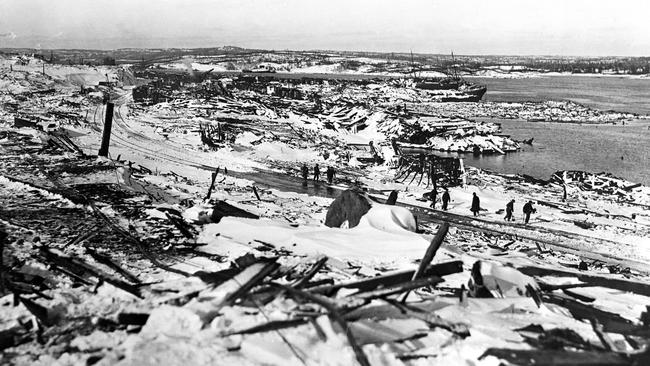
The Titanic calamity gets a special mention, as exhibits speak to the town’s desperate efforts to reach survivors when the ship foundered more than 1000km off the Canadian coast. Rescue teams left harrowing accounts of the scene of floating devastation on the frigid seas and later the sad arrival in Halifax of what local newspapers tagged “the “death ship”. Many of the 209 bodies were never identified and found their final resting place in the city’s Fairview Lawn Cemetery. The unknown child was identified in 2007 as a British lad from Wiltshire.
Time flies and after a couple of edifying hours I rejoin my travelling companion as we step outside to find Halifax bathed in unseasonal warmth. The vibrant waterfront CBD is buzzing around lunch time and we’re on the hunt for sustenance, exploring the streets and alleys as we try to decide which pub has the most nautical charm.
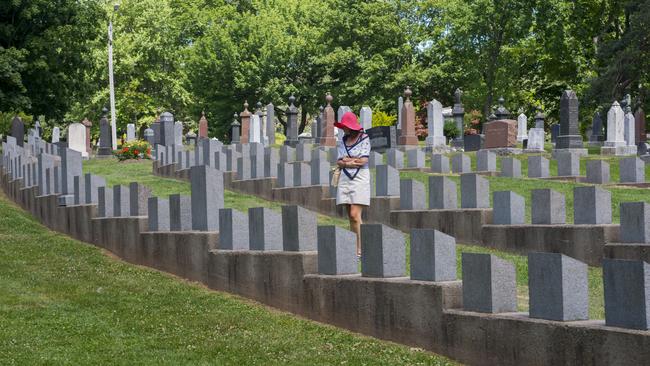
Looming over the city is the sprawling Halifax Citadel, a bastion of British military might for almost three centuries. We’d visited the fort that morning after arriving on the opulent Viking Star cruise ship. With sweeping views over a sun-drenched harbour, the citadel is all about British and then Canadian roles in warfare. It offers a nice peek backstage in the theatre of war. Old barracks are turned into galleries stuffed with exhibits and dispatches from war zones.
After a good poke around we are reminded to check our watches and stand by for the thunderous roar of the midday gun, a 170-year tradition involving a replica Blomefield 12-pounder that once would have guarded royal fleets during British wars against the French.
University students kitted out as Highlanders from the British Army stroll around the grounds, resplendent but clearly overheating in scarlet uniforms as they cheerfully regale tourists with tales from the citadel’s raucous annals. One lad delights in his hometown’s bibulous past. He talks up Halifax as a sailor’s sanctuary with more pubs per capita than any other Canadian community. His theory is that they’re strategically spotted around the streets to separate a soldier from his salary.
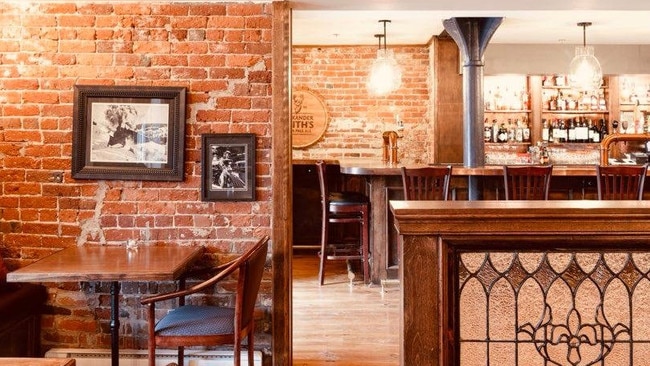
A few favourite haunts are recommended and by early afternoon we find ourselves downtown, propping up the bar at the cosy Brown Hound. With its low ceilings and heavy timber beams, the old building reeks of history. The barmaid recommends the iconic Nova Scotian seafood bisque. It goes nicely with the lobster roll, apparently a time-honoured indulgence with a pint of craft lager in these parts.
The comfortable atmosphere means we lose track of time and miss out on another landmark establishment, The Five Fishermen, but regret the decision after learning that the former schoolhouse was branded one of the city’s most haunted sites. Ripping paranormal yarns include flying glasses, eerie apparitions and a waitress claiming she’d been slapped on the cheek by an unsighted assailant.
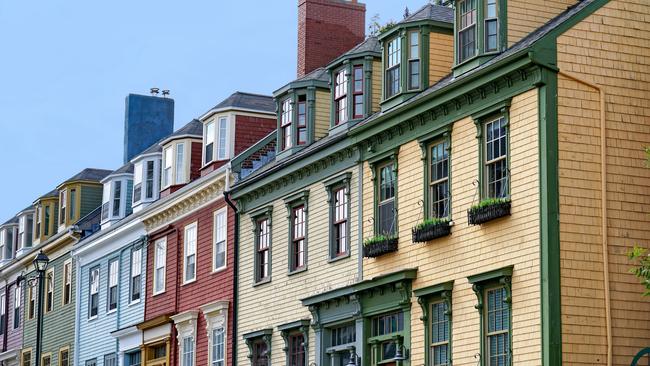
We’re left unscathed during our lunch at the Hound, but opt for a quick ale downhill at the Split Crow, a much-heralded Halifax local since it was granted the first hotel licence in 1749. The spacious Crow disappoints us a little. It’s almost empty, unpretentious and a little tired, but a few scratches and scars can be forgiven after serving ruffians over the centuries.
Locals say the town’s first pub saw its share of misadventures since being launched by the appropriately named Mr Shippey. By all accounts the Crow was an instant hit among old salts and just weeks after opening a Frenchman used his dagger to win an argument against an Englishman. He was hanged two days later in the city’s first jury trial under British law.
There’s another colourful story behind the nearby Narrows Public House, a former rum-running nexus now operating as a restaurant. We saunter past after lunch and the fine Victorian edifice looks like a splendid setting for the Amityville Horror. Peering inside it looks homely and inviting, despite accounts of spectral thrills and ghostly regulars such as the sighting of a child riding a tricycle on the second floor.
We’re keen to investigate, but with the day wearing on we’re forced to trot downhill from streets steeped in history and back to the Viking Star’s modern luxury. In case we missed the city’s Caledonian theme, there’s a piper on the dock, fully attired in his tribal tartan, serenading us on our way out to sea.
In the know
Viking Cruises calls at Halifax as part of its 15-day Iconic Iceland, Greenland & Canada voyage between Reykjavik and New York City; from $15,195 a person, twin-share.
Damian Haarsma was a guest of Viking Cruises.
If you love to travel, sign up to our free weekly Travel + Luxury newsletterhere.


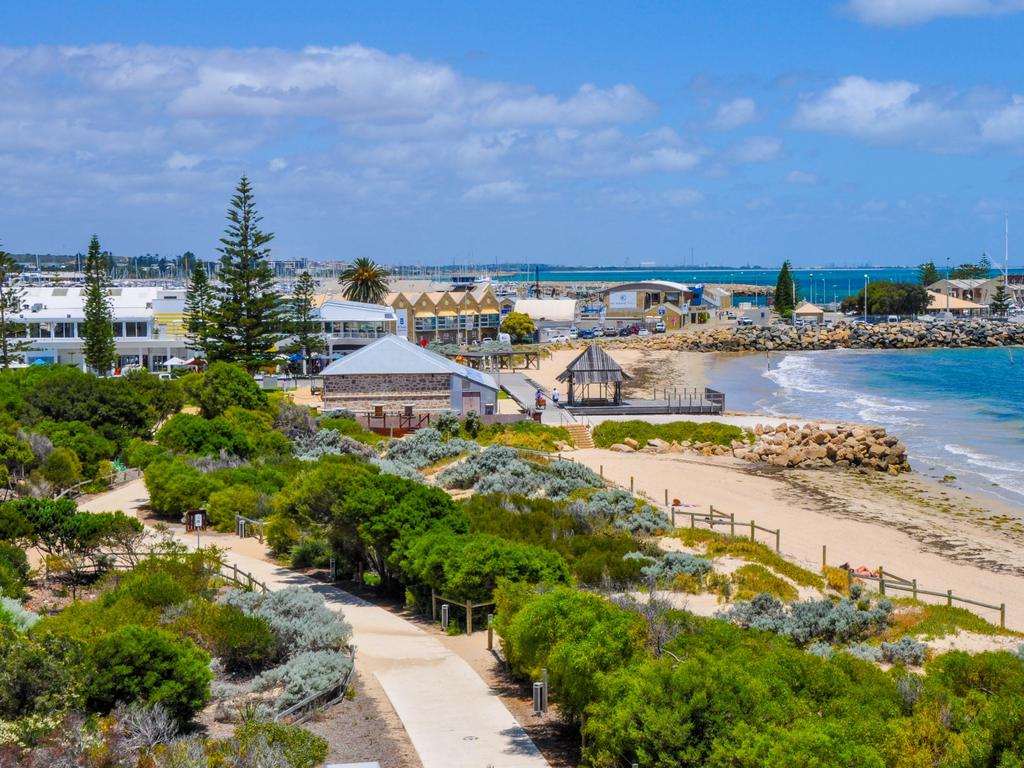

To join the conversation, please log in. Don't have an account? Register
Join the conversation, you are commenting as Logout